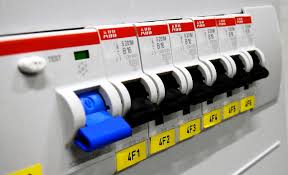Everyone is using electricity with the rise of facilities. But most people struggle to understand the electricity power control system as it relates to current and dangerous risks. Many of them have to wait for the experts when they face unexpected electrical issues, even for the smallest fixes and things. But still, this is not for kids and people who know nothing about the electricity risks.
No worries. We are here to help you understand more about the basics of electricity control with the Six circuit breaker rules. So keep reading if you want to know more about the circuit breaker, its rules, and the 50 amp breaker wiring diagram.
In this post, we have covered the six-circuit breaker rule to help you understand more about electrical controls.
What is a Circuit Breaker?
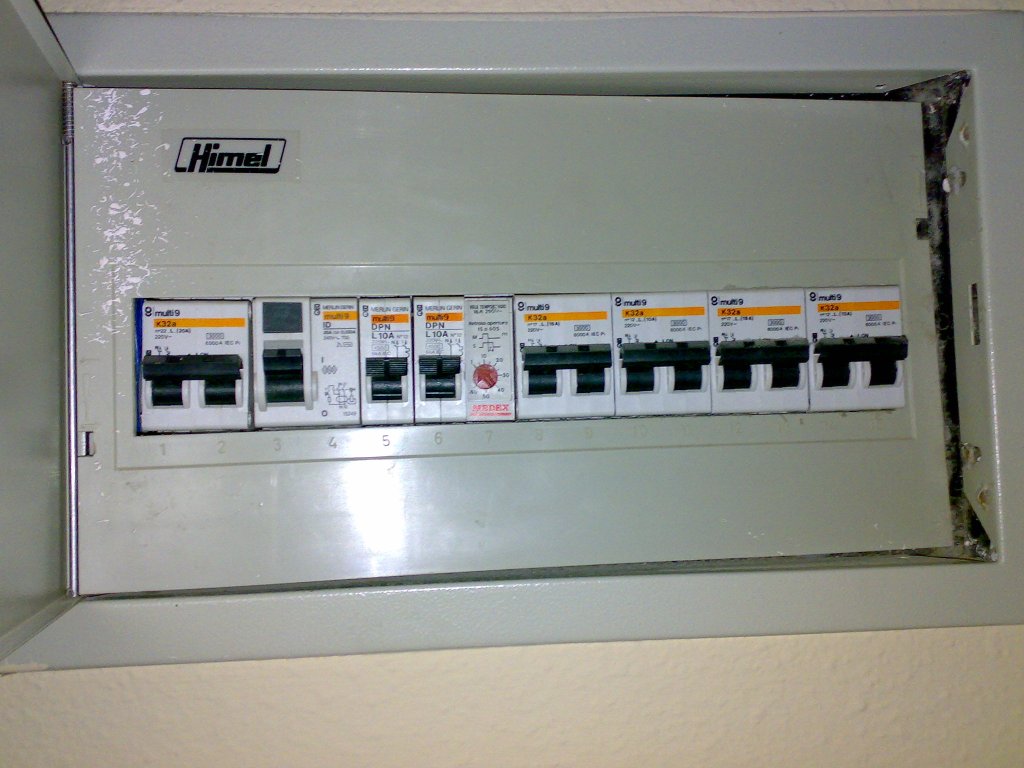
A circuit breaker is an electricity and current control device or box used for an apartment to disconnect or cut off the connection when needed or during emergencies. Circuit breakers are also known by the name Circuit Switches. Everyone does not commonly use this, and it serves a specific purpose. The circuit breaker box and device are an incredible part of the power distribution system and play an important role in the control and flow of power current in buildings and apartments.
A circuit breaker is made by the Service Panel manufacturers associated with the electrical and electronics departments. Circuit Breakers consist of switches or breakers in the “Split Bus” panel.
For common usage, usually, the Circuit breaker has a threshold of 120 volts and 20 A current flow breaker. The circuit breaks down when the demand for current increases more than 20 A because of the overloading. For industrial and heavy-duty machinery, it comes with a more current tolerance limit.
What is the Circuit Breaker Rule?
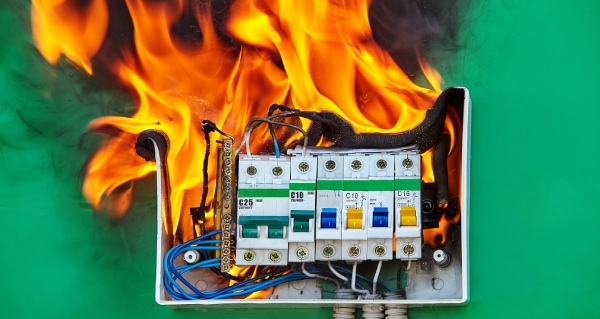
The circuit breaker rule is associated with the purpose of – What leads to the breaking of current flow in the circuit box. This rule defines the guidelines for limiting the number of switches or breakers used in the Circuit box connected to the main supply of an apartment.
This rule was a requirement for electrical services for the buildings or apartments in the National Electrical Code. So, this rule is a standard for the power supply safety in the buildings and apartments.
Under Article 405, jurisdiction is related to the six-circuit breaker rule given by the Chairman of the Correlating Community of the National Electrical Code. That section focused on the facility of individual building floors, and other people don’t have to face inconvenience because of the power usage overloading on the main supply circuit box.
This rule first came into action in 1937. This rule consists of the main connection, which has the control to cut the power supply of the complete building by disconnecting its switches.
The circuit breaker has a maximum of six switch throws to cut the connection.
The Six Circuit Breaker Rule
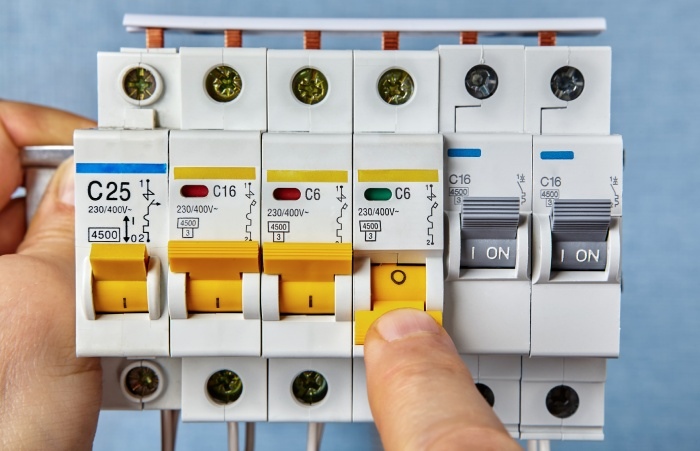
According to the six-circuit breaker rule, it can’t take more than six switch throws.
The six Circuit Breaker Rule says that to break the current flow, a maximum of six switches or breakers grouped are thrown to cut the current power supply.
Each switch of a circuit breaker should have the clear mark of “Main Disconnect, in the “Spilt Bus” Panel.
This rule was enacted to ensure the safety and security of everyone using electricity in their homes. It was highly active from 1933 to 1980 and was still there before 2020. Later, the National Electric Code removed this rule, and now most of the new electrical installations have one single main circuit breaker.
Before passing this rule, most of the circuit breaker boxes had one or two disconnects that used to work according to the floors of the building. For instance, one disconnect is for the ground floor, the other for the first floor, and so on. According to the overloading in power usage, the circuit box is used to throw the switch associated with the particular building floor.
Purpose of Six Circuit Breaker Rule and Circuit Breaker
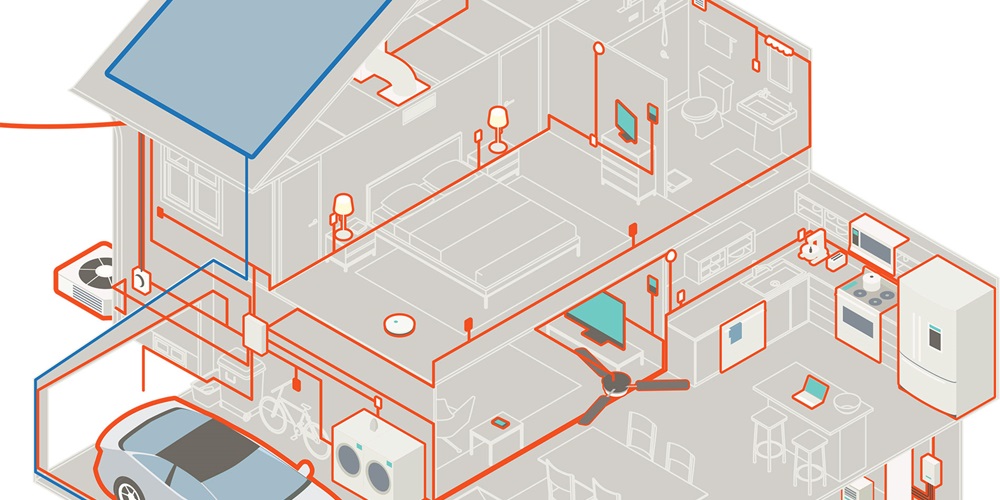
The main purpose and reason for the six circuit breaker rules is to ensure the safety of the power supply available for the usage of common people.
The six-circuit breaker rule is important not only for apartments and buildings but also for campgrounds, RV parks, and locations where there is a supply of electricity for the use of the public and common people.
The benefit of the six-circuit breaker rule is that it helps in offering safety when there is unexpected load or overloading of electricity usage. When there is an unnecessary load above the limit, the Circuit breaker box throws or trips the switches or breakers to cut the power and current supply in the camp or building.
Final Thoughts
With the rise in facilities, electrical and electronic devices, there is electricity in almost every home. Understanding more about the control of electricity main points and control systems in the home of specific buildings, like the circuit breakers and their rules, is crucial for emergencies.
This post showed you the six circuit breaker rules to help you understand the basics of circuit breaker devices and associated rules.
If you want more ways to add value to your camping and lifestyle, sign up and get our best tips, tricks, and strategies sent to your inbox.

